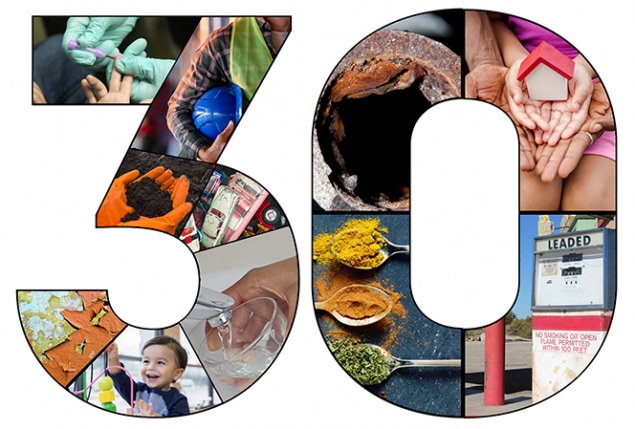Childhood Lead Poisoning Prevention Program (CLPPP) 30th Anniversary

CDC has a long-standing role in childhood lead poisoning prevention. In 2021, CDC’s Childhood Lead Poisoning Prevention Program (CLPPP) commemorated 30 years of funding state and local childhood lead poisoning prevention programs to eliminate childhood lead poisoning as a public health problem.
Since its launch in 1991, CDC’s CLPPP has supported state and local health departments that conduct activities to protect children from lead exposure and its harmful effects. CDC currently funds 62 programs (48 states, 5 major cities, 7 counties, D.C., and Puerto Rico) to develop and maintain strong childhood lead poisoning prevention programs and conduct blood lead surveillance activities.
At CDC and other agencies, public health interventions and policies have made substantial progress in eliminating and reducing several sources of lead exposure to children, including lead in gasoline and lead-based paint. Over time, average blood lead levels (BLLs) in U.S. children age 1–5 years have declined from 15 micrograms per deciliter (µg/dL) in the late 1970s to less than 1 µg/dL in the National Health and Nutrition Examination Survey (NHANES) during 2011–2014. However, many children are still exposed to lead, and significant disparities based on race/ethnicity and income still exist.
To recognize the successes that CDC CLPPP has achieved and our vision for the future, CDC CLPPP invites you to commemorate our continued commitment to preventing childhood lead exposure in the United States.